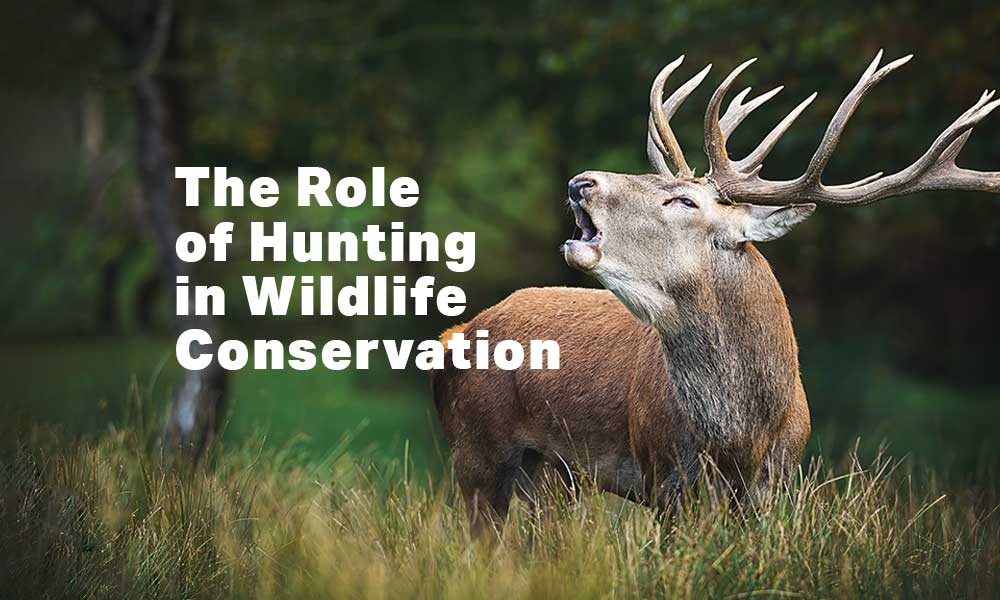
Last Updated on
Hunting had been part of human existence for millennia before the relatively recent agricultural revolution allowed us to stop pursuing animals for sustenance. Despite that newly acquired opportunity, hunting seems nowhere near bidding farewell and sinking into oblivion. The purposes of hunting changed, and so did the methods and tools used. However, once the hunting experience morphed into something new, more pitfalls began to arise. The morality of hunting wasn’t relevant when it was done for sustenance. However, once such words as “sport” and “leisure” came into play, hunting turned into one big tangle of controversies. Wildlife conservation is sometimes seen as a countermeasure to hunting, but the truth might be that they work in tandem toward the same goal.
Animal rights activists claim that sport hunting is morally wrong and should be banned rather than encouraged. They engage in never-ending combats with hunting supporters who say that hunting is one of the primary instruments of habitat and animal conservation. Their fights are rife with exaggerated numbers, ambiguous claims, calls to morality or common sense, and unbeatable reluctance to hear another party. Comment sections below dedicated articles remind fields of battles senseless and merciless. If the truth is indeed out there, it’s buried somewhere deep, under the layers of uncomfortable truths and the ability to stifle your desire to come out victorious.
In this article, we set off on a truth-seeking adventure that is likely bound to end up fruitless. We can’t do anything but dig out some claims and ideas from the battlegrounds mentioned and present them to you. Some will inevitably seem either implausible or rather convincing to you, depending on where you stand at the moment. Being impartial is the only thing that can lead us to the truth, yet such luxury is available to the selected few. We are not one of them. Nonetheless, we can try to make it as close to the truth as possible, even if some paths remain uncovered.
Table of Contents
- Hunting and Conservation: Friends or Foes?
- How Hunting Benefits Conservation
- Wildlife Management
- Fund Generation
- Hunting Can Be a Threat
Hunting and Wildlife Conservation: Friends or Foes?
Throwing facts in one’s face isn’t the best way to examine a topic. However, only facts are objective. Once a fact receives even a tiny portion of your attitude, it becomes an opinion. The fact is that at the beginning of the last century, several game species, including whitetail deer, wild turkey, and elk, were on the brink of extinction. The fact is that through conservational efforts spearheaded by hunters, populations of these species were restored and multiplied to the point of abundance. Some might say that this is an example of how hunting can facilitate conservation. Others will say that hunters were the very reason those species were endangered and the only thing they did was fix their own mistakes. The same fact gave birth to two points of view: supporting and opposing. Accounting for the perspectives of both parties is exhausting and challenging since we can only assume what people might think. As such, we won’t provide plain facts but rather pick one side and try to reason our decision, leaving space for counterarguments.
We aren’t ready to discuss the questions of morality. It’s a slippery slope that can lead you to the most unexpected places. Instead of throwing immorality accusations, we decided to omit the questions whatsoever. We’ll still touch upon ethics when discussing ethical hunting practices.
How Hunting Benefits Wildlife Conservation
Wildlife Management
An argument often used and countered, wildlife management is an indispensable part of the conservation process. Regulated hunting is a handy tool to control the size of certain animal populations. Keeping them from breeding in uncontrollable numbers is more important than a first thought might suggest. A person unfamiliar with the topic may think that the more animals, the better, but things are not that simple. Each ecosystem can sustainably feed and house a certain number of animals. Once the upper limit is exceeded, the consequences are not long in coming.
Overpopulation of species is a serious issue that affects the whole ecosystem, flora and fauna. It blows the horn that summons one of the Apocalypse Horsemen, Hunger, triggering a chain of events nobody benefits from. Scarcity of food breaks down the food chain, which, in turn, has dire consequences for the ecosystem. There are three ramifications that overpopulation causes.
Overpopulated herbivores start to compete for the same plant species. That leads to more animals leaving their current habitat for another one with more food supplies, but not necessarily natural for them. Quite often, those are regions populated by humans with higher risks. More animals become killed on the highways and bring about property damage and human injury. At this point, human-wildlife conflict is inevitable.
Specimens remaining in their initial habitat continue to fight for food resources damaging the entire ecosystem. For example, deer are fond of tree saplings. By consuming them in unchecked quantities, they significantly slow down reforestation and rob the forest of tree diversity. Deer grazing also facilitates the spread of ferns known to steal sunlight from lower plants, further diminishing flora diversity.
Nature is no fool and has its tools to control populations. But those tools aren’t particularly merciful. Overpopulation-related diseases begin to spread actively, reducing the number of specimens in an attempt to restore balance. But diseases aren’t loyal hounds that listen to orders, and nothing stops them from falling upon other species, regardless of how vulnerable they are.
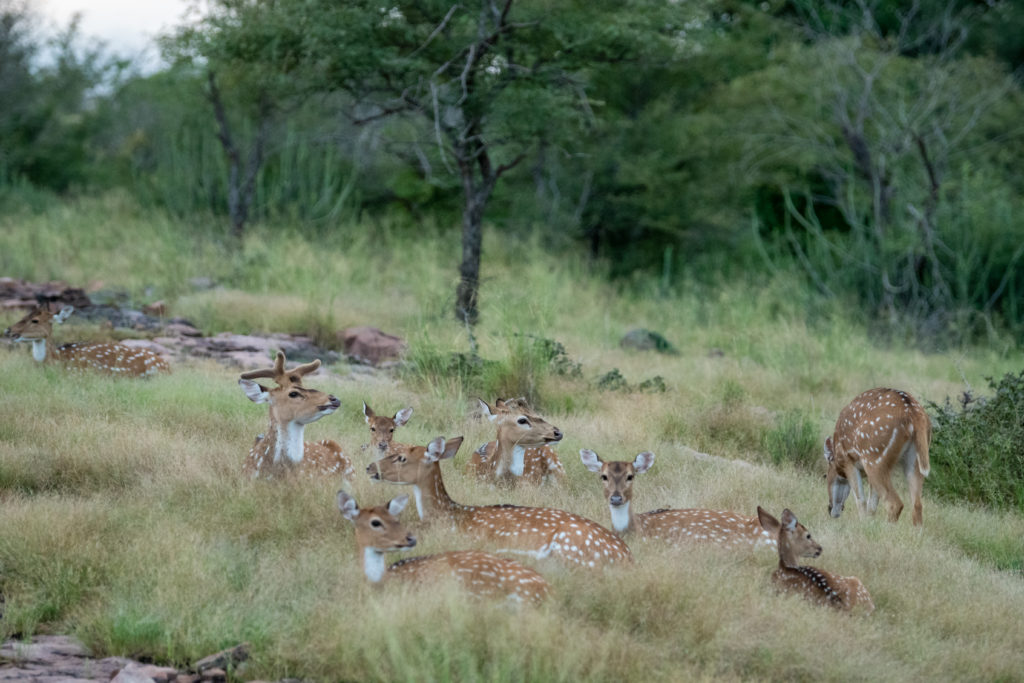
All three points combined are a recipe for habitat degradation. Nobody benefits from it. Hunting is one of the ways to prevent this issue. This argument is often countered with claims that nature has great self-regulating abilities and doesn’t need human interference. While we don’t doubt the all-accounted-for character of natural regulation processes, they are not one bit more humane than hunting. Nature’s primary tool for controlling the population is killing excessive specimens. Starvation and diseases are all natural, yet not forgiving whatsoever. We’ll leave out the moral aspect of this issue and won’t ponder on which way of population control is more humane.
We recognize the fact that nature could have done perfectly without us, and the majority of issues like overpopulation are brought about by humans. But population issues are not caused by hunters, at least not to the degree of pinning everything on them. Cities expand, habitats decrease in numbers, and global warming affects plant and animal life. Humans do harm the environment, and nature’s capacity to restore itself is limited. If we can’t fight the cause of global environmental changes, we can at least arrest its influence on local ecosystems. To sum it up, hunting can help manage animal populations and prevent overpopulation, which can lead to habitat degradation and conflict with humans.
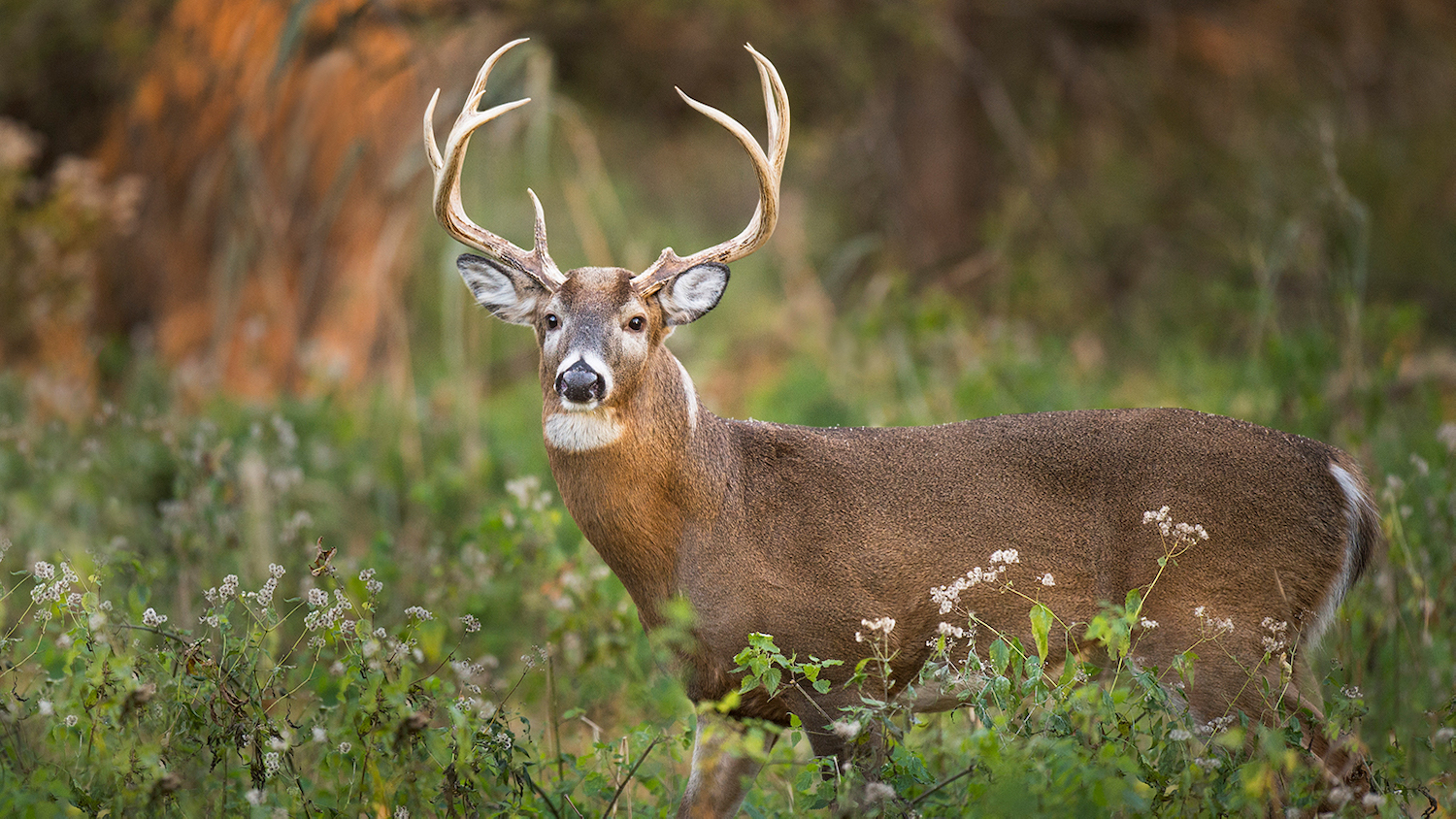
Fund Generation
Wildlife conservation costs money. You won’t surprise anyone with this fact, but it feels like people sometimes overlook this crucial aspect of literally any big campaign. In an ideal world, people recognize the importance of species’ and habitats’ preservation and willingly donate money to dedicated organizations. In an ideal world, governments recognize the responsibility for nature preservation that lies on their shoulders and allocate budgets sufficient for wildlife agencies. We are on the way to this world, yet it’s not clear whether we’ll be able to make it in time.
In real life, wildlife agencies are often underbudgeted. That problem becomes more relevant as we move from popular tourist destinations into rural areas. Had only the funding been more enhanced, wildlife agencies could have had more opportunities to help nature. People who advocate a ban on hunting unconsciously advocate funding reduction. Because once that niche is empty, nothing can fill it.
Numbers are often manipulated, misinterpreted, or omitted whatsoever. One report says that hunters contribute no more than 5% to the total wildlife conservation budget. Another report has it that more than half of a state agency’s budget comes from sales of hunting and fishing licenses, fees, and other hunter-generated funds. Overestimated and undervalued, hunters’ contributions received all kinds of estimates. We won’t encumber you with numbers since they don’t seem to move or persuade people. We’ll highlight facts.
The fact is that regulated hunting programs can provide funding for wildlife conservation efforts through licenses and fees. They already do. Ask any wildlife agency worker how happy they’d be if hunters just stopped showing up. And it’s not only about funding conservation efforts themselves. It’s about paying people who do the conservation work and maintaining their worksites.
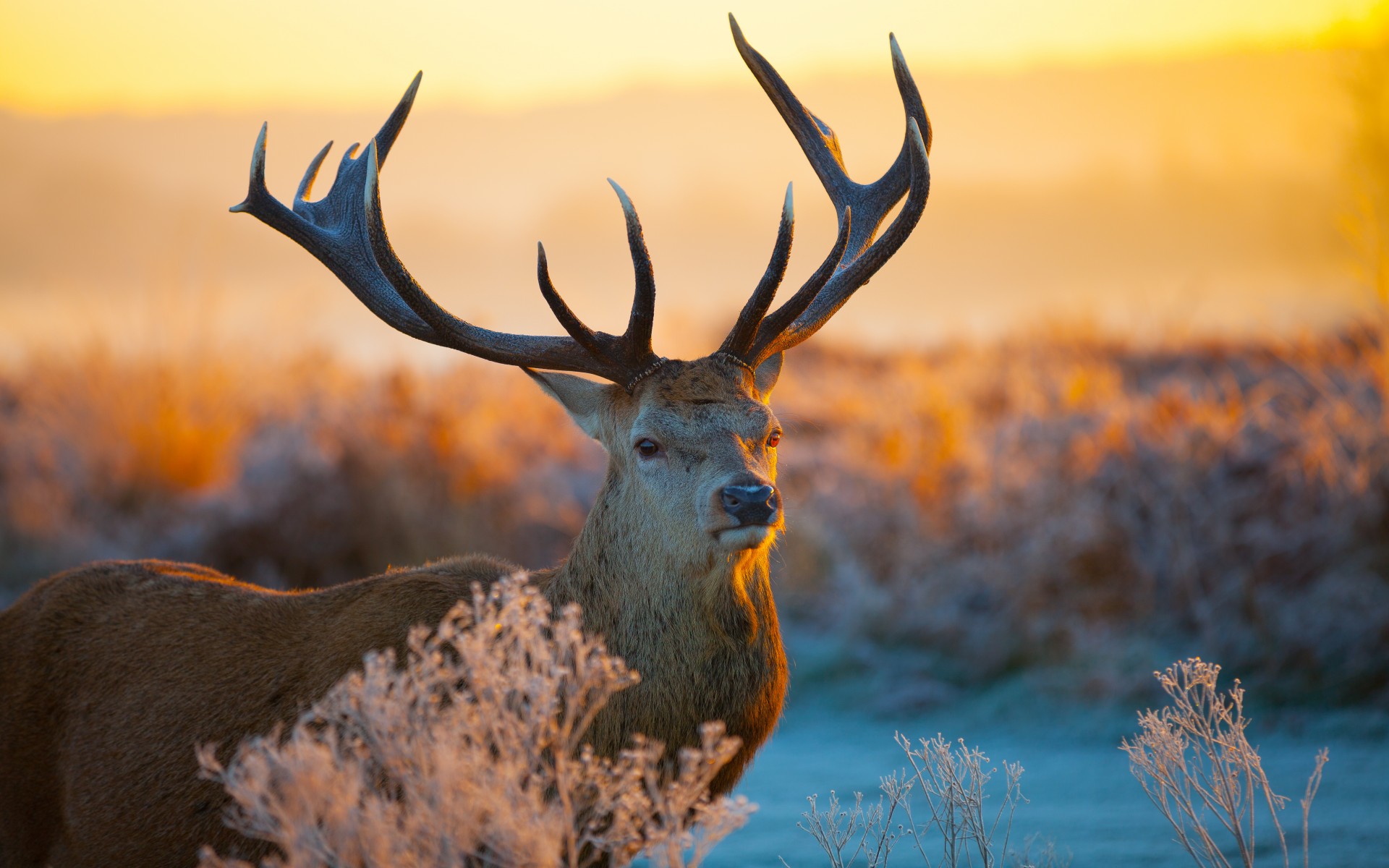
Here’s how hunters sponsor wildlife conservation. The Pittman-Robertson Act, adopted in 1937 as an effort of hunters to save disappearing and declining wildlife species, imposes an excise tax on guns and ammo. The tax charges an extra 11% tax on the purchase of long firearms, ammunition, and archery equipment and 10% on the handgun purchase. While it is true that the majority of firearm owners are not hunters, it was hunters who pushed for the adoption of this law, and their money is still part of the cumulative fund.
Hunting licenses and fees are another form of hunters’ contribution. Be it private or public land, people are banned from hunting until they get a license. Hunting licenses are specific for every state, so traveling hunters need to spend even more money. We shouldn’t forget about anglers and their fishing licenses, as they contribute to the same cause. The U.S. wildlife conservation funding mechanisms rely heavily on both taxes and fees and have no alternatives should those funds diminish or disappear.
The third and probably most crucial money-related hunting aspect is additional expenses. They have less to do with wildlife conservation itself, but they are the reason why hunting won’t be banned (let’s face it). Hunters spend money on dedicated equipment, dog gear, traveling, gas, food, lodging, trinkets, and whatnot. And, what is even more important, money goes to rural areas. Hunting doesn’t take place in affluent metropolises but rather in forests neighboring small towns and settlements. Hunting-related activities and services employ more than 600 000 Americans annually, many living in rural areas with few career opportunities.
Hunting can support local communities and provide a source of food for those who have limited access to or are suspicious of mass-market food. Ban on hunting would jeopardize food security in small communities, where the harvested game is a crucial element of the diet. Even if sufficient amounts of meat could be supplied to those people, that would deform the U.S. agricultural infrastructure and call for cattle herds’ buildup. That, in turn, would tip the scales in the direction of environmental crisis deterioration.
Hunting Can Be a Threat
We are not wearing rose-colored glasses and won’t pretend like hunting never hurt anyone. It is important for hunting programs to be carefully regulated and sustainable in order to avoid negative impacts on wildlife populations. Too many are the stories of species that went extinct because humans hunted excessively, failing to understand the consequences of their deeds. But outlawing hunting is not a solution. Poachers are plenty even now when hunting is legal, and making it prohibited by law will only increase their numbers. Regulation and management are the solutions to this problem.
The motto of the modern hunting culture is sustainability. We recognize the fact that we can’t refrain from using natural resources. The least we can do is make sure that usage will be sustainable. Hunting posed a threat to animal species only when it was unchecked. Today, hunting is regulated by scientific research and wildlife. The hunting season system was established as a measure to effectively manage wildlife populations taking into account species biology. There are guidelines for every hunting aspect, beginning with species and quantities available for hunting and ending with weapons allowed.
Ethical principles, such as limits on the number of animals that can be hunted and striving to minimize animal suffering, should be followed by all hunters. The latter can’t be controlled by anyone but hunters themselves. However, seeing how developed the hunting culture and lifestyle is, we have little doubt that any hunter would want to inflict suffering upon animals.
Regardless of your personal attitude, there is no denying that hunting is one of the tools used for wildlife conservation. It generates significant revenue that is later spent on preservation, provides people with jobs, and helps us make up for the environmental issues brought about by human activity. If we continue to carry it out responsibly, we can save many more habitats and animal species.

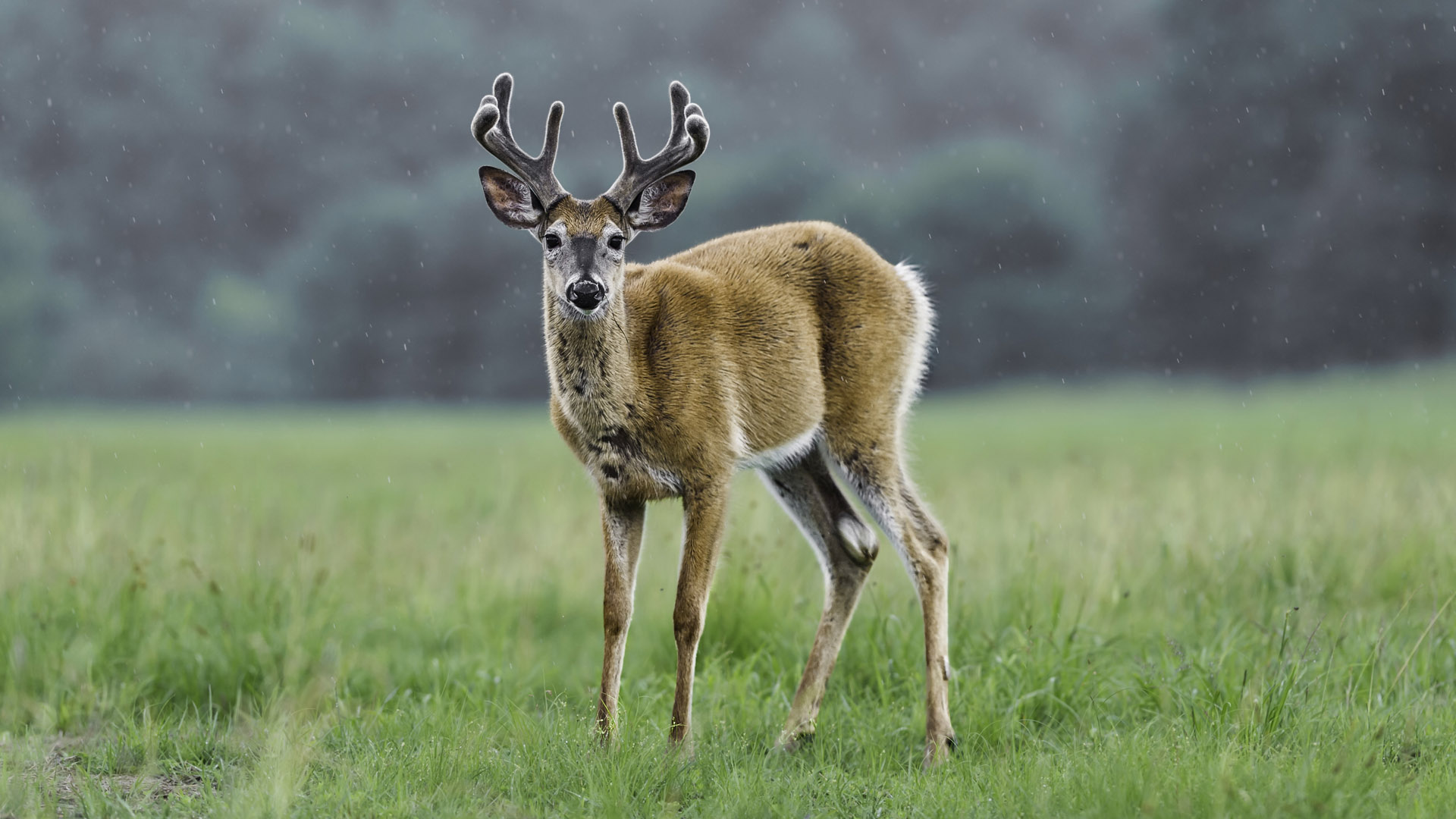
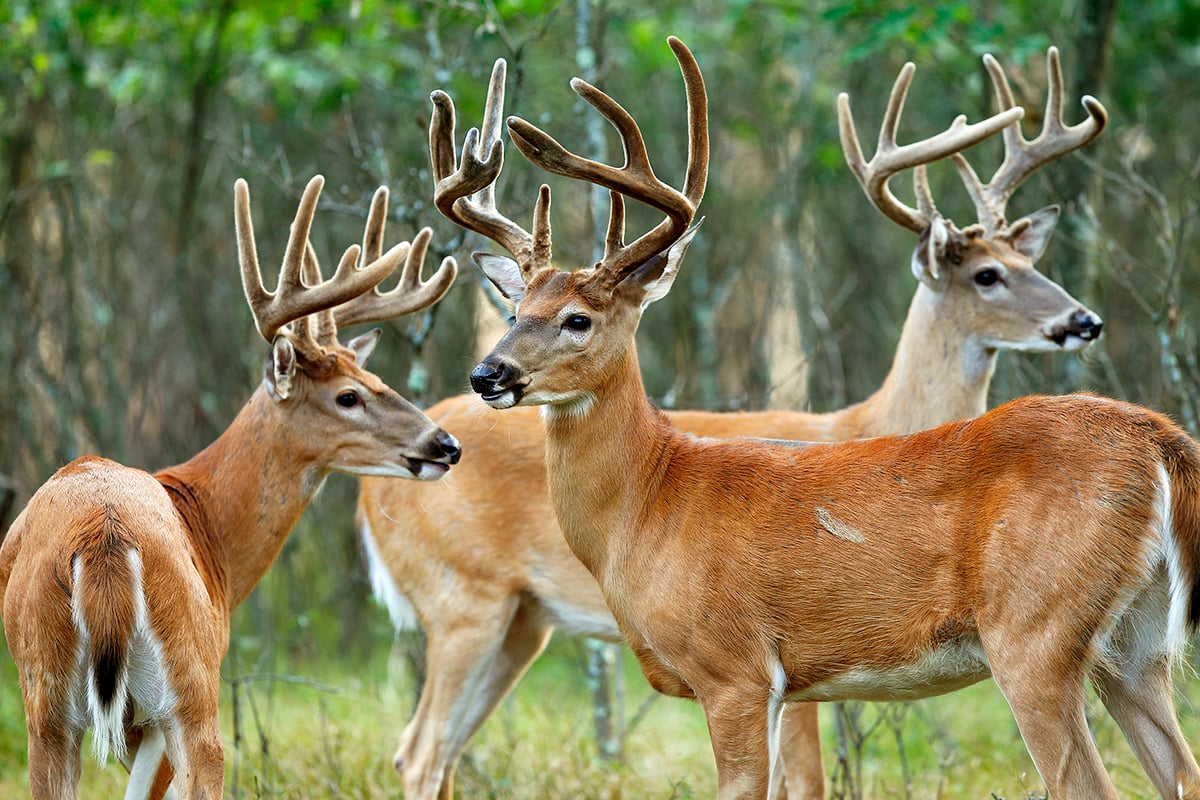
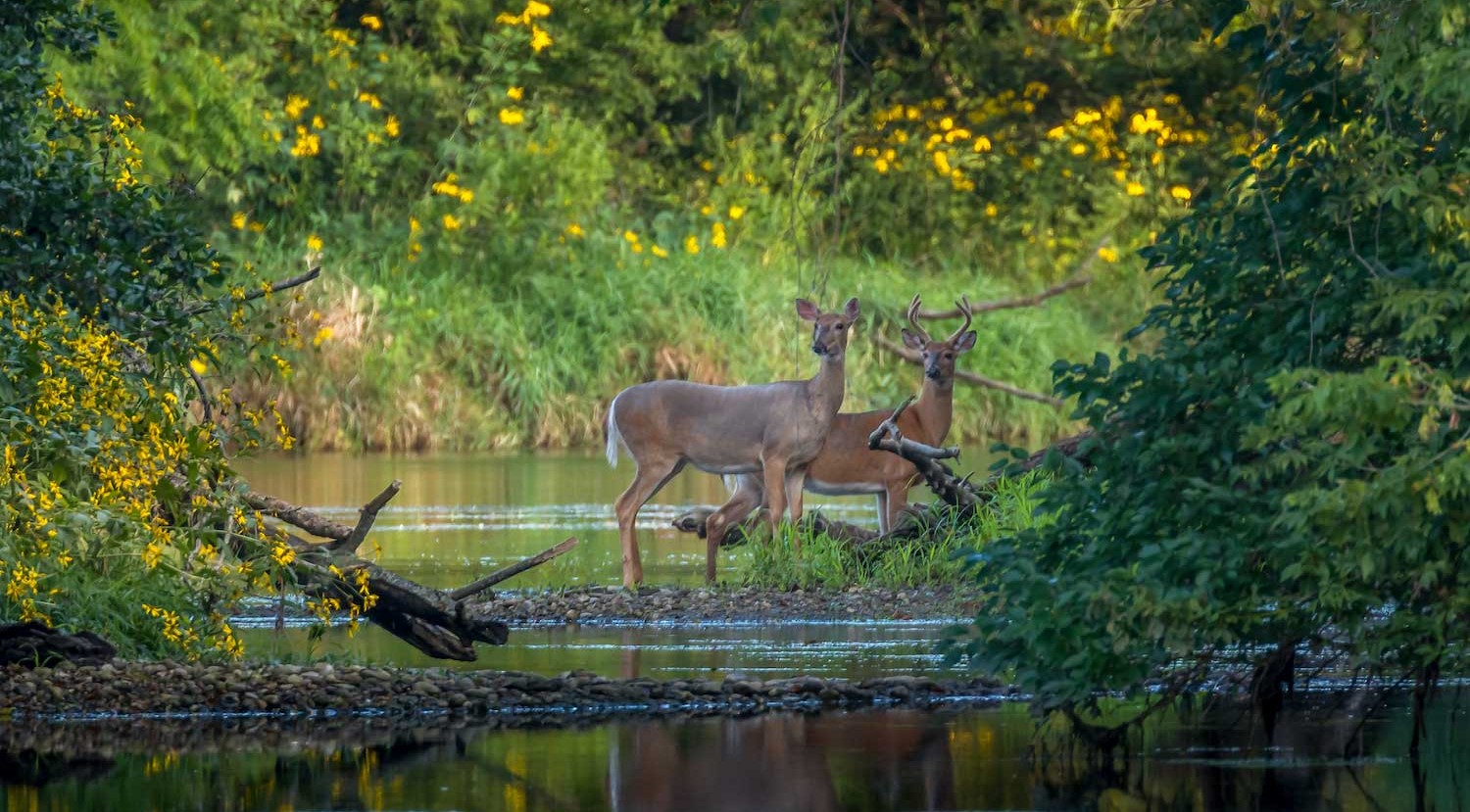



Leave a Reply